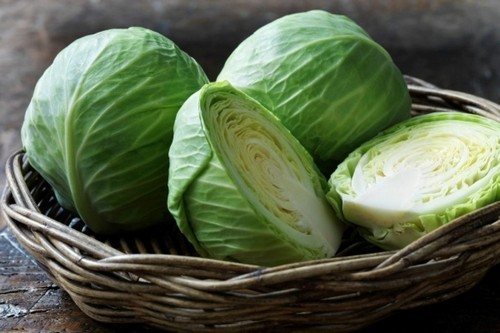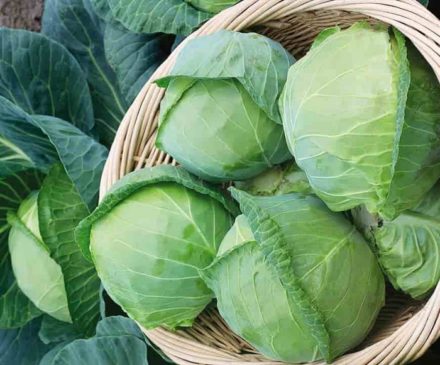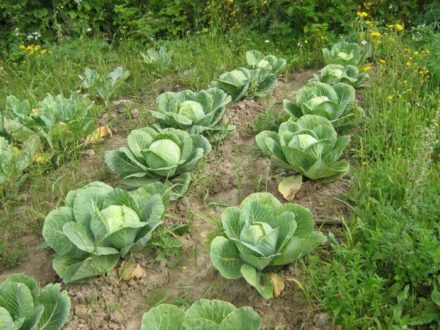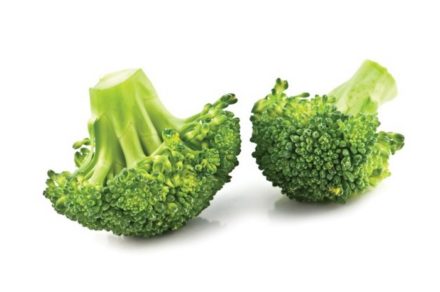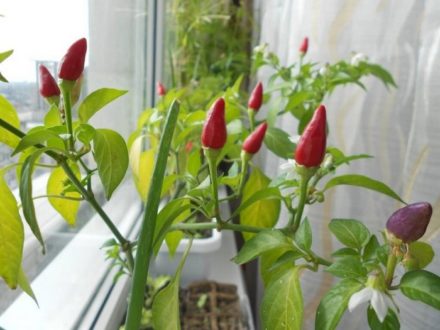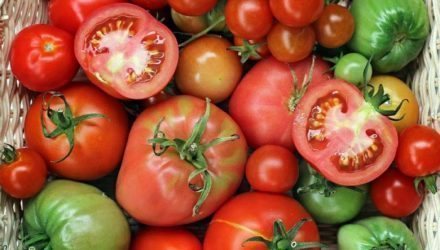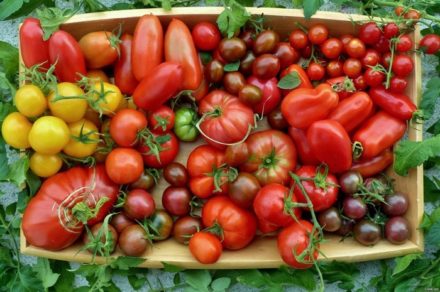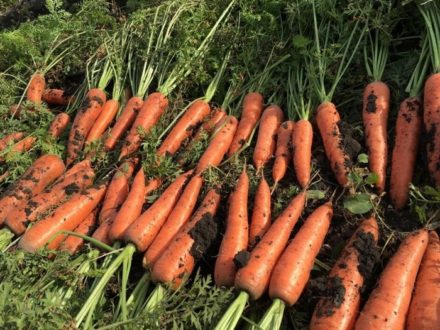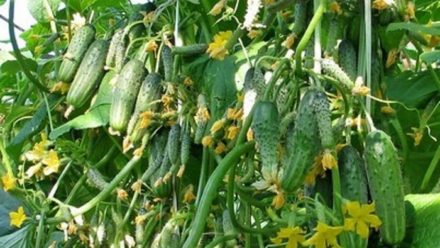Dutch cabbage has gained wide popularity due to its high yields and unpretentious care. A large selection of seeds allows you to choose a vegetable for any growing region. Today we’ll look at 8 varieties of cabbage that are among the top best and will never disappoint gardeners.

Fundaxi F1
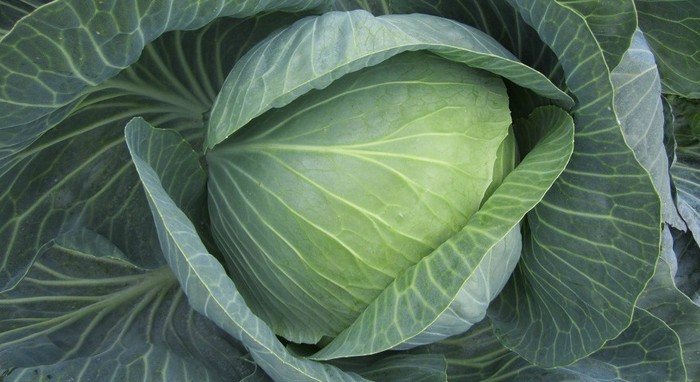
Cabbage ripens in the middle period. Harvesting is possible 140-145 days after the start of the growing season. The variety is valued for its large heads of cabbage, which by the time they ripen gain up to 6 kg of weight. The heads of cabbage are densely packed with succulent leaves with soft, delicate veins. The variety is resistant to many diseases, including various types of rot.
The vegetable is recommended for growing in regions with a humid climate.
Galaxy F1
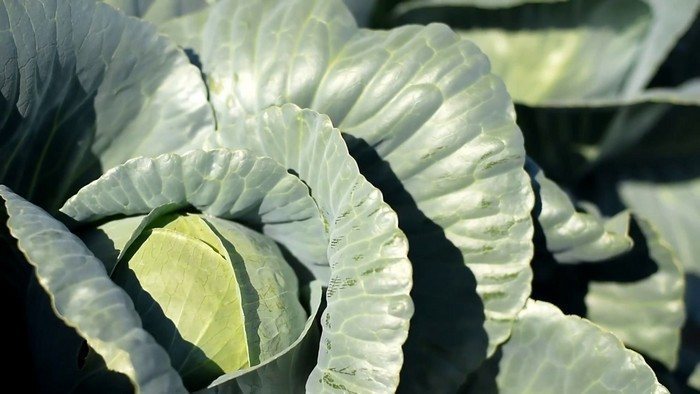
A high-yielding variety, the tasty and healthy fruits of which ripen approximately 4 months after sowing the seeds. Dense, round, fully matured heads gain a mass of about 5.5 kg. Due to the high content of ascorbic acid in cabbage leaves, the variety is especially useful in autumn and winter. The culture is characterized by high immunity to diseases and is perfectly stored until spring.
Portula F1
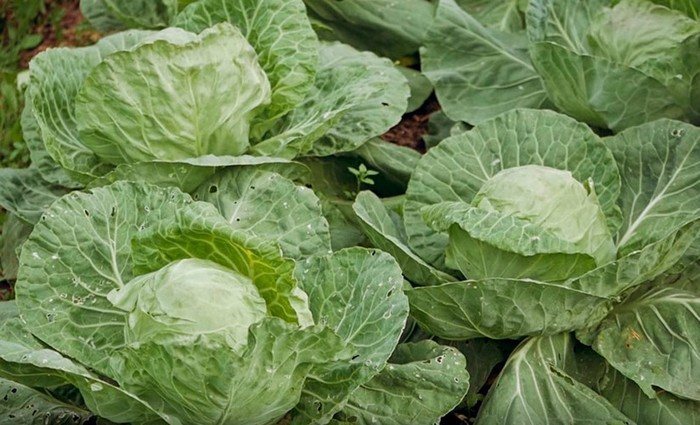
This variety of cabbage belongs to large hybrid varieties of medium ripening. The heads of cabbage of this variety are very large, their weight can reach 6-6.5 kg. The heads are tightly packed and have a small stalk. The leaves are tender and pleasant to the taste. Their vitamin composition is very rich in ascorbic acid, fiber and vitamins of groups B5 and PP.Vitamins and taste qualities of cabbage are perfectly preserved throughout the entire shelf life. Fruits are used fresh, pickled, for making salads and pickling. The variety is suitable for growing in the central part of Russia and northern regions.
Transam F1
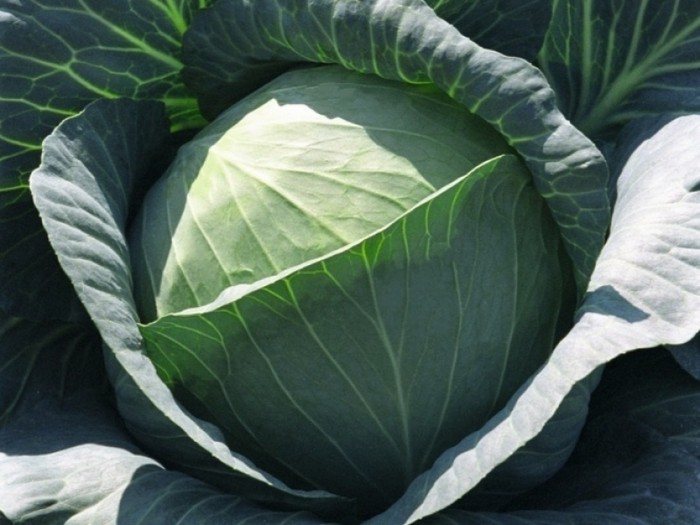
Even beginners can grow this unpretentious variety. Cabbage does not require special agricultural care and adapts perfectly to weather and climate changes. The variety produces good cabbage yields, the weight of heads varies within 5-5.5 kg. Light-colored leaves are tender and tasty. Fruits of this variety are used both fresh and for preservation, ideal for pickling. Heads are not affected by thrips and other pests, resistant to many diseases. They tolerate transportation well and retain their marketable appearance for a long time.
Bartolo F1
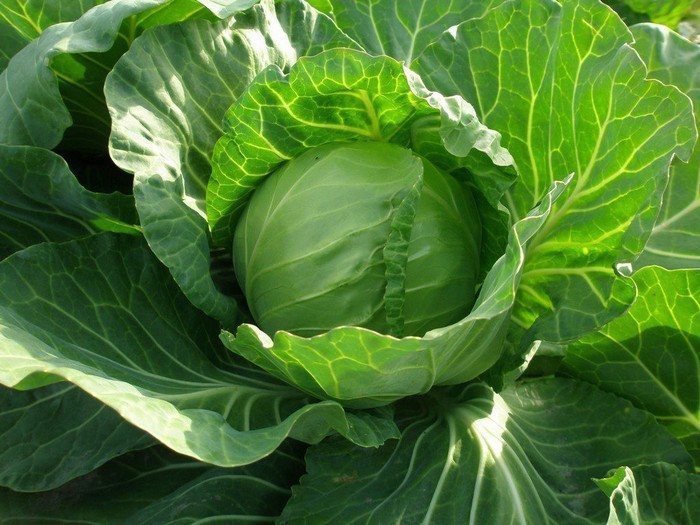
The variety won the hearts of gardeners with an abundance of harvest. Vegetables ripen in 160-170 days after planting. The heads are slightly elongated, small, but very dense. The outer part of the heads is bluish-green, inside they are white. Dense leaves with a waxy coating are attached to the short stalk.
The variety retains its gastronomic taste until the next harvest. It is used for universal purposes.
The Dutch hybrid is immune to various types of rot, bacteriosis and other diseases.
Krautkaiser F1
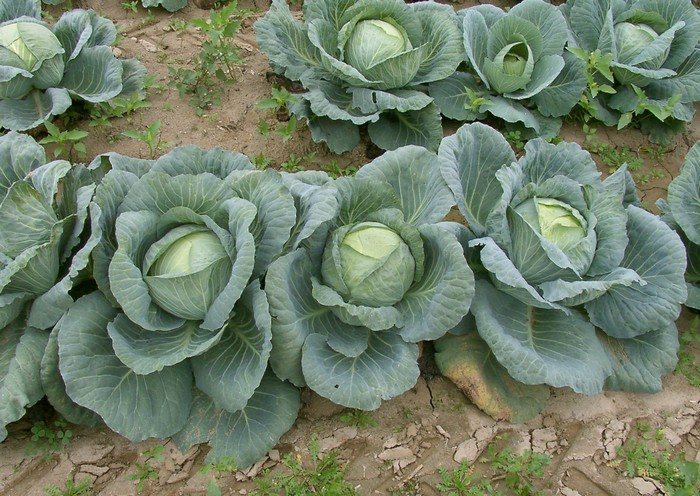
The fruits of the hybrid variety begin to ripen 3.5-4 months after emergence. The average weight of a head of cabbage at the time of technical maturity is about 4 kg. The fruits are flat-round in shape, they consist of a large number of wrinkled leaves, on the surface of which folds are noticeable.
From 1 m2 you can collect from 10 to 13 kg of healthy and vitamin-rich vegetables. Cabbage is used in the preparation of salads, solyankas, pies and first courses.
The variety is immune to various types of rot, bacteriosis and other diseases.
Musketeer F1
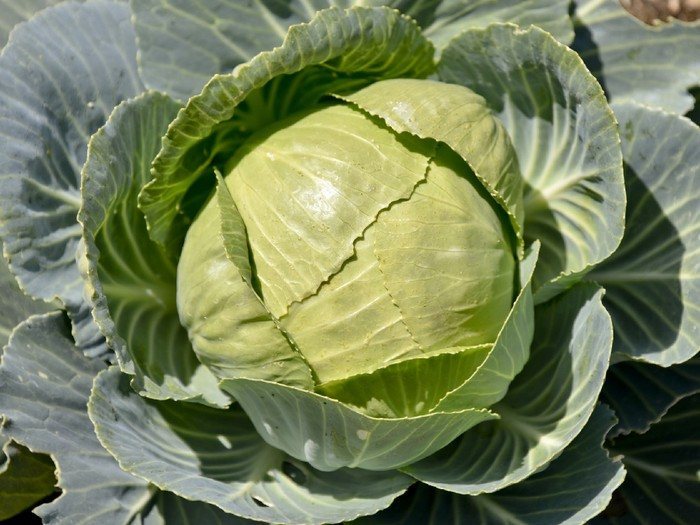
Cabbage is an early ripening variety and produces a harvest within two months after planting. Despite the fact that the fruits are small, from 1 m2 You can harvest up to 8 kg of perfectly shaped cabbage. Large, dense and neat heads are resistant to cracking and retain their presentation for a long time, even during long-term transportation. And its high taste makes it possible to consume cabbage fresh and use it in preparing salads and other pickles for the winter.
Parel F1
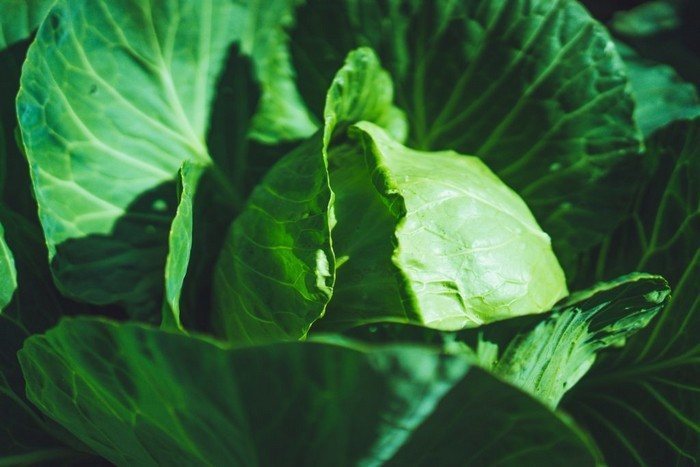
The ultra-early variety Parel F1 pleases summer residents with high yields on the 55-60th day of the growing season. The unpretentious crop is adapted for cultivation in the eastern and northern regions of our country. Small heads allow cabbage to be planted close together, thereby increasing yield.
The heads have an oblong shape. The outer leaves are light green and the inner leaves are white. The wavy, juicy leaves taste very pleasant, so they are often used in preparing fresh salads.
The variety is well transported and stored.
Not a single type of cabbage bred by Dutch breeders will disappoint gardeners. When choosing a variety for planting, pay attention to the characteristics of the variety and the climatic conditions of the growing region.


